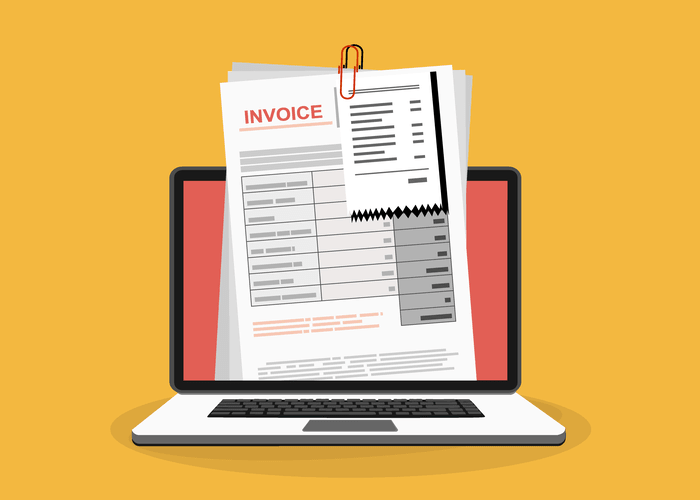
Ted’s .5 DTA is helpful to see how leveraged he is, but it is somewhat worthless without something to compare it to. For instance, if his industry had an average DTA of 1.25, you would think Ted is doing a great job. It’s always important to compare a calculation like this to other companies in the industry. As you can see, Ted’s DTA is .5 because he has twice as many assets as liabilities. Ted’s bank would take this into consideration during his loan application process.
DSCR Loan Down Payment
Some lenders have specific debt-to-income criteria they require before they’ll consider a loan. You can ask about their criteria before starting a loan application. If you don’t meet their requirements, you can work on reducing your debt-to-income ratio before applying. List the current value of the company’s assets, just like you did for debts. You can find asset values on the company’s balance sheet, listed in the assets category.
Return on Total Assets (ROTA): Overview, Examples, Calculations – Investopedia
Return on Total Assets (ROTA): Overview, Examples, Calculations.
Posted: Sun, 26 Mar 2017 05:11:12 GMT [source]
Debt to Asset Ratio vs Debt to Equity Ratio

You see this for instance in cases where a company needs to divest itself from an unprofitable subsidiary or revenue stream. If the company has a high debt burden, however, it may be unable to make such decisions because its interest and principal payments make it unable to tolerate even a short-term decline in revenue. Companies that have taken on too much debt, and in turn have high debt to asset ratios, may find themselves weighed down by the burden of their interest and principal payments.
- These loans offer a great way to scale your rental property portfolio beyond your first property or two.
- It is a great tool to assess how much debt the company uses to grow its assets.
- Creditors can use restrictive covenants to force excess cash flow to repayment and restrict alternative uses of cash.
- If you make a purchase that takes your balance above $300, prioritize paying it off as quickly as possible to avoid taking a hit to your credit score.
- Our dynamic Credit Card Payoff Calculator will help crunch the numbers to give you a clearer picture.
How lenders use the debt-to-asset ratio
There are different variations of this formula that only include certain assets or specific liabilities like the current ratio. This financial comparison, however, is a global measurement that is designed to measure the company as a whole. As mentioned before, for creditors, this ratio indicates if the company can service debt. This is because lenders will charge higher interest rates on a company’s loan to compensate for the financial risk that they are taking. The debt-to-asset ratio represents the percentage of total debt financing the firm uses as compared to the percentage of the firm’s total assets. It helps you see how much of your company assets were financed using debt financing.

- With both numbers inserted into the debt to asset ratio equation, he solves.
- It simply means that the company has decided to prioritize raising money by issuing stock to investors instead of taking out loans at a bank.
- If debt to assets equals 1, it means the company has the same amount of liabilities as it has assets.
- The main goal of this ratio is to reflect the amount of cash available with the company to pay back its debts.
- The debt/EBITDA ratio is also popular with analysts because it relates the debts of a company to its business cash flow by ignoring non-cash expenses.
- In doing this kind of analysis, it is always worth scrutinizing how the figures were calculated, in particular regarding the calculation of Total Debt.
One option is to pay off the loans with the highest interest rates first, also known as the «debt avalanche» method. To get started, make a list of a company’s obligations and their outstanding balance. This includes debt to asset ratio all types of debt — auto loans, commercial mortgages 🏤, credit cards, and business loans, for example. Companies categorize these outstanding loans and credit obligations as liabilities on their balance sheets.
FAQs About DSCR Mortgage Loans
If you want to take on more debt, lenders may look at financial metrics like your debt-to-income ratio, debt-to-equity ratio, and your debt-to-EBITDA ratio. All of these can help a lender understand the likelihood of your being able to repay a new loan with the given amount of debt you currently have. Exactly what obligations are included in total debt for the Debt/EBITDA ratio, however, is somewhat open to interpretation. Often, it’s defined as all interest-bearing liabilities, such as small business loans.
What Is the Total Debt-to-Total Assets Ratio?
It can pay to choose a card — or even a few cards — that can complement your everyday credit card. If you have a Chase credit card, for example, adding a second Chase card to your wallet can allow you to pool your Chase Ultimate Rewards and increase your redemption options. Or you might want to consider pairing a flat-rate cash back rewards card with a rotating bonus category rewards card, giving you the opportunity to earn high-level rewards on nearly every purchase. To avoid the chance of missed or late payments, take advantage of your card’s mobile alerts and set up credit card autopay for at least your minimum payment each month.
- Overall, the order in which you pay off debts matters less than having a clear plan that accounts for the loan type and interest rate, as well as a payoff strategy that best suits your personality.
- Lenders will have concerns that you won’t be able to meet any new debt obligations.
- Your credit utilization ratio measures how much of your available credit you’re currently using.
- This ratio determines a company’s level of indebtedness, in other words, the proportion of its assets that is owned by its creditors.
Get Started
Using the equity ratio, we can compute for the company’s debt ratio. Because the total of your debts and estimated mortgage is $3,328, and you have $8,000 in monthly income, https://www.bookstime.com/articles/nonprofit-accounting-definition-and-explanation your debt-to-income ratio is 41.6%. Depending on the bank’s policies, that might be acceptable — or you might need to work on lowering outstanding debt or increasing income.